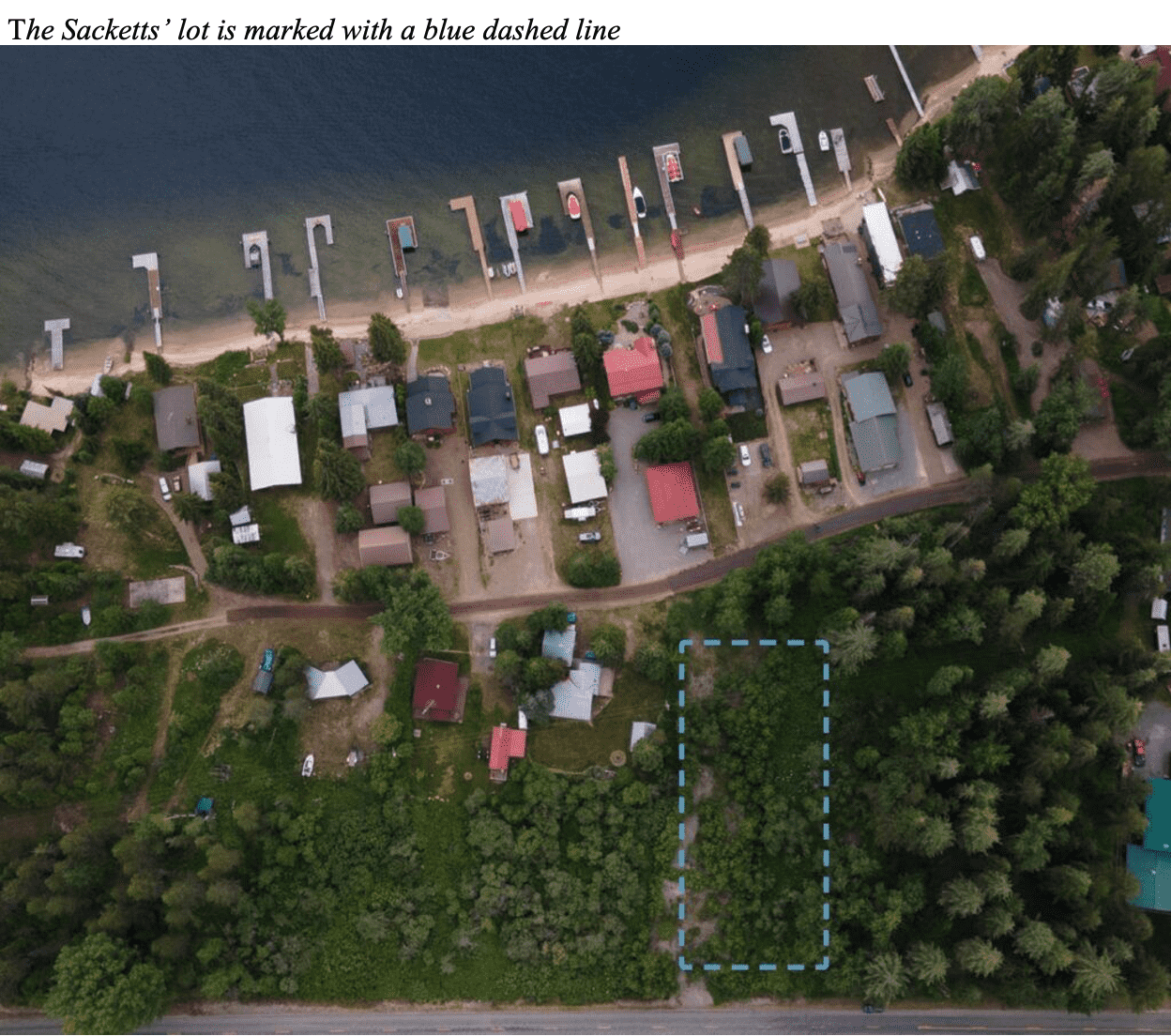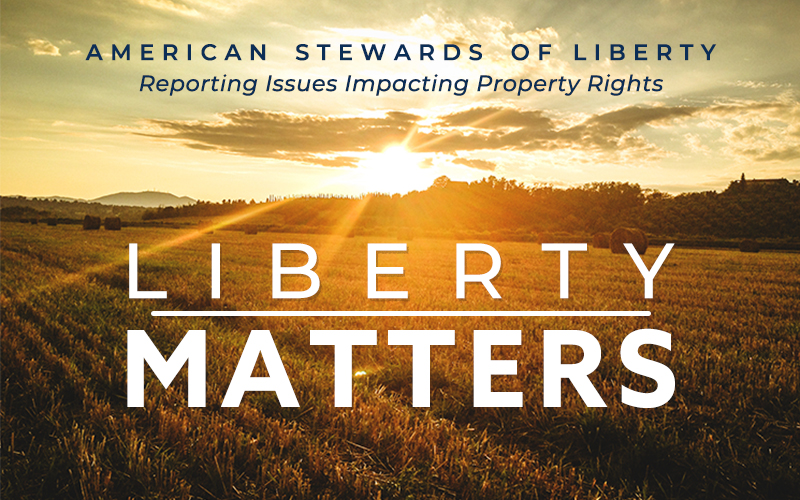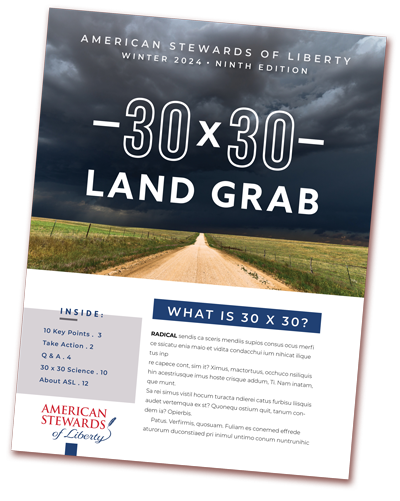Last November, Liberty Matters reported on the 18-year-old battle Mike and Chantell Sackett have been waging against the Environmental Protection Agency (EPA).
Attempting just to build a house in a residential subdivision, the EPA claimed they were unlawfully discharging pollutants (fill dirt) into the waters of the United States under the Clean Water Act, even though their lot did not touch or come close to the waters of the lake the subdivision is located within.
Fast forward to today. The EPA and Army Corp of Engineers on December 30, 2022, issued a final rule redefining “waters of the US,” known as WOTUS, that some say was an attempt by the Biden administration to circumvent the SCOTUS’s Sackett v. EPA decision due out by this summer.
Since 1972, when the Clean Water Act (CWA) was amended, it has been used as a tool by government to regulate, take and destroy private property rights. The CWA authorizes federal government to regulate “navigable waters,” which is where the term “waters of the United States” or WOTUS comes from.
Both the EPA and Corp have repeatedly taken vague and overly broad views of WOTUS causing the Supreme Court to strike down their overreach in a case known as Rapanos v. United States in 2006.
It appears the federal government and Biden administration understand that since the Sackett case was the first case heard this new term of the SCOTUS, they possibly will take a firm stand against the unauthorized expansion of power the EPA has implemented over decades of rulemaking under the CWA.
In the 2006 case, the court voided the rulings against the Rapanos’, but the court split over further details. Justice Antonin Scalia penned a plurality opinion (four Justices) that explained the CWA covers only relatively permanent waters, such as rivers and streams, and that there must be “the ordinary presence of water” to come under EPA’s authority.
Justice Scalia’s opinion also clarified what constitutes “adjacent wetlands” that can be regulated under the CWA – a key issue in the Sackett case being decided this term. Specifically, the adjacent wetland must abut or adjoin a regulated body of water and must have a continuous surface connection with the regulated water, “making it difficult to determine where the ‘water’ ends and the ‘wetland’ begins.”
In a press release issued December 30, 2022, by the EPA, they claim they are “restoring fundamental water protections” by redefining the definition of WOTUS.
However, others believe the EPA is attempting to confuse the issue even more for property owners. Anna Wildeman, an attorney in Washington, DC, claims the new rule “essentially creates a new legal standard” that will provide new opportunities for agencies to make judgment calls on a number of technical and policy decisions. Wildeman says: “…the final rule will require landowners, farmers, and ranchers to conduct watershed-wide assessment of all waters to understand if a wet area on their property may be jurisdictional.”
Hopefully, the new conservative majority on the SCOTUS will heed Justice Scalia’s 2006 Rapanos opinion and apply it to the Sackett case providing much needed clarity to a federal law used by EPA and the Corp to wreak regulatory chaos for landowners, industry and States.





